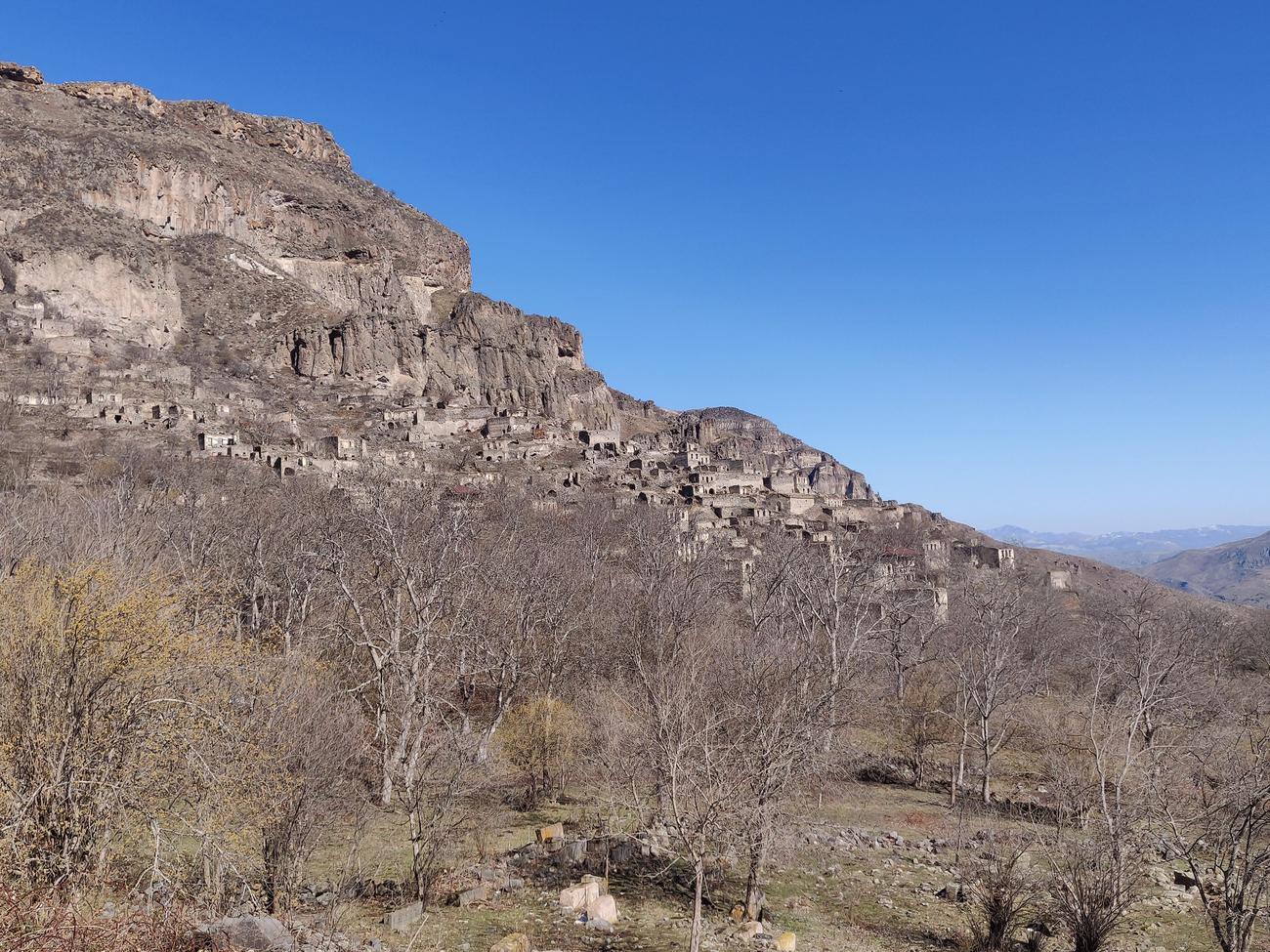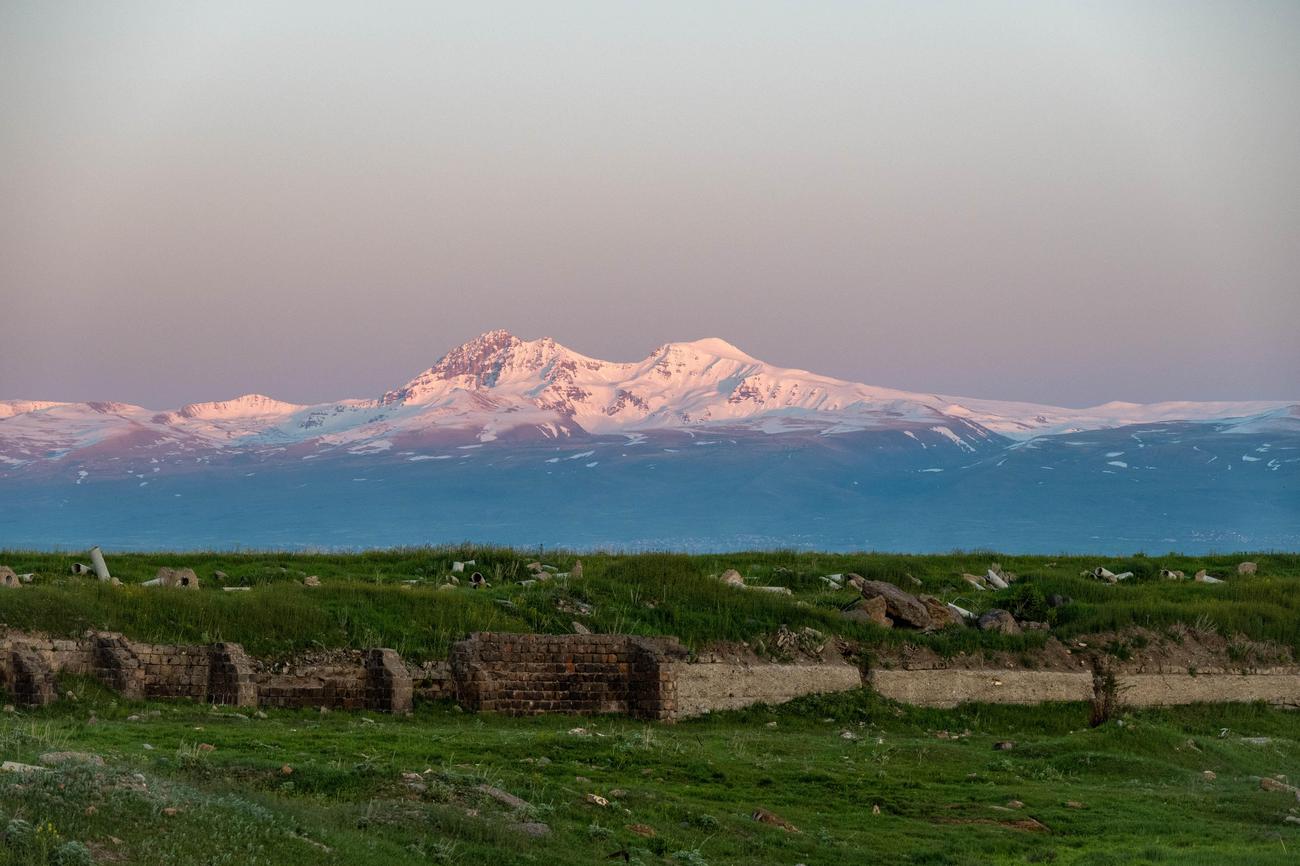Uncovering Armenia’s Ancient Origins: Fascinating Facts

Step into a world of intrigue and enchantment as we embark on a journey through Armenia’s ancient origins. In this captivating exploration, we delve deep into the rich history and vibrant heritage of this remarkable country. From the first Christian church to the advanced Armenian alphabet, Armenia has countless fascinating facts waiting to be unveiled. As an experienced travel writer passionate about uncovering unique insights, I invite you to embark with me on an adventure that will transport you to a land steeped in tradition and wonder. Join me as we unravel the secrets of Armenia’s ancient origins, one captivating fact at a time.
Interesting Facts About Armenia
Armenia, a country steeped in rich history and vibrant heritage, is a treasure trove of fascinating facts that unveil its ancient origins and captivating traditions. Let’s embark on a journey through this captivating country, uncovering unique and intriguing tidbits along the way.
1. The Enigma of Lake Sevan
One of the most intriguing facts about Armenia lies in its breathtaking landscapes. Nestled amidst the Armenian highlands, Lake Sevan is a mesmerizing sight to behold. But did you know that this majestic lake is shrouded in an enigma? With an altitude of 1,900 meters, it is one of the highest freshwater lakes in the world. However, what makes it truly fascinating is its captivating ability to change colors. Depending on the weather and time of day, Lake Sevan can transform from a deep blue to a sparkling turquoise, leaving visitors mesmerized by its ever-changing beauty.
In the words of Armenian poet Paruyr Sevak, “Lake Sevan is like a sheet of deep blue glass set amidst the magnificent beauty of the Armenian mountains.”
2. The Legendary Mount Ararat
Armenia’s cultural heritage is intertwined with the majestic Mount Ararat. Rising proudly on the country’s horizon, this legendary mountain holds immense symbolism and historical significance. Did you know that it is believed to be the resting place of Noah’s Ark? According to the Bible, after the Great Flood, Noah’s Ark came to rest on the slopes of Mount Ararat, making it a sacred and revered site for Armenians and the world alike.
As you gaze upon the grandeur of Mount Ararat, you can’t help but appreciate the profound connection between myth and reality, and the enduring power of ancient tales.
3. The Pioneers of Christianity
Armenia holds the distinction of being the first state to adopt Christianity as its official religion in the 4th century. This profound decision by King Tiridates III not only shaped the country’s identity but also established Armenia as one of the oldest Christian nations in the world. This rich religious heritage is deeply ingrained in the fabric of Armenian society, as evidenced by the countless ancient churches and monasteries that dot the landscape.
Through the centuries, Armenia’s devotion to Christianity has remained steadfast, imbuing its people with a sense of unity and spirituality.
4. The Living Testament of the Armenian Alphabet
Here’s an interesting fact about Armenia that showcases its intellectual prowess. The Armenian alphabet, crafted by Mesrop Mashtots in the 5th century, is widely regarded as one of the most advanced alphabets in the world. Each letter of this unique script carries a weight of history, literature, and cultural heritage, making it a living testament to Armenia’s intellectual legacy.
The Armenian alphabet stands as a testament to the power of language and the profound role it plays in shaping a nation’s identity.
5. Diving into the World of Ancient Winemaking
Armenia has a rich winemaking heritage, and its deep roots stretch back thousands of years. In the charming village of Areni, nestled amidst the picturesque mountains, lies what is believed to be the oldest winery in the world. Dating back over 6,000 years, this ancient winery offers a glimpse into the art and science of winemaking in ancient times. Today, Armenia’s winemaking tradition continues to thrive, producing exquisite wines that capture the essence of the land and its people.
As you savor a glass of Armenian wine, you are not just tasting the fruits of the vine but indulging in a centuries-old tradition that has withstood the test of time.
Armenia’s ancient origins and captivating traditions come alive through these remarkable facts. From the mystical Lake Sevan to the sacred Mount Ararat, from the pioneering embrace of Christianity to the intellectual legacy of the Armenian alphabet, and from the ancient art of winemaking to the multicolored tapestry of its landscapes, Armenia beckons us to discover its wonders.
Join me on this extraordinary journey of exploration and unravel the captivating secrets of this ancient land.
“Armenia, a country that whispers stories of the past and invites us to become part of its living tapestry.”
Armenia, a country known for its rich and diverse history, has a religious heritage that is truly unique. From ancient times to the present day, religion has played a central role in shaping the nation’s identity. Have you ever wondered what makes the religious history of Armenia so special? Well, let me tell you. In our article titled “Interesting Fact About Armenia,” we delve into the intriguing aspects of this topic. One fascinating aspect is the location of Mount Ararat, which holds great significance for Armenia. This majestic mountain, with its towering presence, symbolizes not only the physical beauty of the country but also its deep-rooted spirituality. To discover more about the religious history of Armenia and what the location of Mount Ararat says about the nation, click here: what is unique about the religious history of Armenia. Unlock the secrets of Armenia’s past and gain a deeper understanding of its cultural tapestry. And that’s just the beginning! If you’re curious about what else awaits you on this captivating journey, click here: what does the location of Mount Ararat say about Armenia. Get ready to embark on an adventure of knowledge and discovery like no other. Happy exploring!
Fact #2. The first Christian church:
Armenia holds a remarkable claim to fame as the first officially Christian nation in the world. It was in the year 301 AD, a decade before Rome’s own conversion, that King Tiridates of Armenia embraced Christianity, marking a significant turning point in the country’s history.
But what prompted this shift? Well, legend has it that King Tiridates experienced a miraculous recovery from a severe illness after being cured by Saint Gregory the Illuminator. This miraculous event led Tiridates to convert to Christianity and become its champion in Armenia.
Now, it’s important to note that the majority of Armenians were still practicing paganism at the time, making this decision by their king all the more significant. Despite the prevailing pagan beliefs, Tiridates made Christianity the state religion and established the Armenian Apostolic Church as its official institution.
By embracing Christianity, Armenia underwent a series of social and cultural changes. The adoption of this new faith meant replacing traditional gods and dismantling pagan temples. Long-standing rituals and practices were reinterpreted through the lens of Christianity, shaping the fabric of Armenian society.
But how did Christianity first make its way to Armenia? It is believed that the apostles Bartholomew and Thaddeus, who had ventured into Armenia during the first century, played a crucial role in spreading the message of Christianity. Their presence and teachings laid the foundation for the eventual adoption of this faith by the Armenian people.
Furthermore, the spread of Christianity in Armenia was greatly facilitated by the invention of the Armenian alphabet in the early 5th century CE by Mesrop Mashtots. This new script enabled the translation and dissemination of religious texts, solidifying the influence of Christianity across the nation.
As a result of these historical events, the Armenian Apostolic Church came to be regarded as both Orthodox and Catholic, defining itself as Apostolic. To this day, the church stands as a significant source of national pride for Armenians, serving as a pillar of their cultural and religious identity.
In conclusion, Armenia’s claim to fame as the first Christian nation holds great historical significance. The conversion of King Tiridates, the spread of Christianity by apostles Bartholomew and Thaddeus, and the invention of the Armenian alphabet all played vital roles in cementing Armenia’s deep-rooted Christian heritage. This transformative journey from a polytheistic society to becoming the first Christian nation serves as a testament to the enduring impact of faith and its power to shape a nation’s identity. So, let’s delve deeper into Armenia’s captivating history and uncover more of its ancient origins!
“Armenia’s conversion to Christianity, led by King Tiridates, marked the dawn of a new era, transforming the nation’s religious landscape and shaping its future.”
5. The Armenian Alphabet: A Testament to Human Ingenuity
The Armenian Alphabet stands as a remarkable testament to human ingenuity, a linguistic masterpiece that has fascinated scholars and linguists for centuries. Developed in 405 AD by Mesrop Mashtots, an Armenian linguist and ecclesiastical leader, this ancient script is widely regarded as one of the most advanced alphabets in the world. With its unique set of characters and rich historical significance, the Armenian Alphabet offers a captivating window into Armenia’s ancient origins and cultural heritage.
The Armenian Alphabet’s construction was not merely a matter of creating a new system of writing; it was a profound undertaking that aimed to capture the essence of the Armenian language and its complex phonetics. Mesrop Mashtots meticulously crafted a script that expertly represented the intricacies of Armenian speech, resulting in a writing system that is considered highly advanced even by today’s standards.
Imagine the Armenian Alphabet as a carefully designed work of art, where each letter is a brushstroke intricately arranged to create a masterpiece. Its 38 letters express the phonetic nuances of the Armenian language with remarkable accuracy, allowing for precise transcription and pronunciation. Just as a painter uses strokes of different colors to bring depth and life to a canvas, Mesrop Mashtots employed various shapes and symbols to give voice to the richness of Armenian speech.
Beyond its linguistic excellence, the Armenian Alphabet holds a deep cultural and symbolic significance for the Armenian people. Its creation marked a pivotal moment in Armenia’s history, providing a crucial foundation for the preservation and dissemination of Armenian literature, religious texts, and traditions. This remarkable feat enabled the translation and transcription of ancient manuscripts and played a vital role in the preservation of Armenia’s cultural heritage.
To comprehend the magnitude of the Armenian Alphabet’s significance, let us draw a parallel between it and a key that unlocks a treasure chest of knowledge. The letters of the alphabet act as intricate, interlocking gears, operating harmoniously to reveal the wisdom and beauty held within the Armenian language and its written works. These letters are the conduits through which the genius of Armenian culture and history flows, enabling future generations to explore and cherish their ancient roots.
The longevity of the Armenian Alphabet is indeed a testament to its enduring relevance and indispensability. With its creation dating back to the 5th century, this linguistic masterpiece has surpassed the test of time, celebrating its 1600th birthday in 2005. The fact that the Armenian Alphabet remains integral to the Armenian language and culture to this day is a testament to its profound impact on the nation’s identity and intellectual legacy.
In conclusion, the Armenian Alphabet stands as a shining example of human ingenuity and intellectual achievement. Its advanced design and profound cultural significance have solidified its place as one of the most remarkable alphabets in the world. It is not merely a collection of characters but a key that unlocks the vibrant history, literature, and traditions of Armenia. The Armenian Alphabet serves as a bridge connecting past, present, and future, inviting us to delve into the depths of Armenian culture and uncover the extraordinary stories it has to offer. As we explore the fascinating intricacies of this ancient script, we discover that the Armenian Alphabet is not simply a means of communication; it is a living testament to the resilience, creativity, and enduring spirit of the Armenian people.

FAQ
Q: What is the significance of Christianity in Armenia’s history?
A: Armenia was the first state to adopt Christianity as its religion in the 4th century, making it one of the oldest Christian nations in the world. The spread of Christianity in Armenia was attributed to the apostles Bartholomew and Thaddeus, who attempted to spread Christianity in the country during the first century. This historic event led to social changes, including the replacement of traditional gods and pagan temples.
Q: Who introduced the Armenian alphabet?
A: The Armenian alphabet was developed around 405 AD by Mesrop Mashtots, an Armenian linguist and ecclesiastical leader. The alphabet was invented to further boost the spread of Christianity in Armenia and has since become a symbol of national pride. Originally consisting of 36 letters, two more letters were eventually adopted. The Armenian alphabet is known for its longevity and celebrated its 1600th birthday in 2005.
Q: How is the Armenian alphabet viewed symbolically?
A: The Armenian alphabet is considered a symbol of cosmic integrity. The first and last letters of the alphabet, “Ա” (A) and “ֆ” (F), represent this concept. The alphabet is viewed as an integral part of Armenian identity and cultural heritage.
Q: What is the significance of the Armenian Apostolic Church?
A: The Armenian Apostolic Church is an independent Oriental Orthodox congregation and became the official church of Armenia when the country adopted Christianity in the 4th century. The church defines itself as Apostolic and is both Orthodox and Catholic. Armenia’s Christian history and the Armenian Apostolic Church are sources of national pride for Armenians.
Q: Is the Armenian alphabet used to write other languages?
A: Although primarily used to write the Armenian language, the Armenian alphabet is occasionally used to write other languages, such as the minority Eastern Armenian dialect spoken in Iran. The versatility of the alphabet showcases its importance in preserving the linguistic and cultural heritage of Armenia.
- China II Review: Delicious Food & Speedy Service - April 17, 2025
- Understand Virginia’s Flag: History & Debate - April 17, 2025
- Explore Long Island’s Map: Unique Regions & Insights - April 17, 2025
















